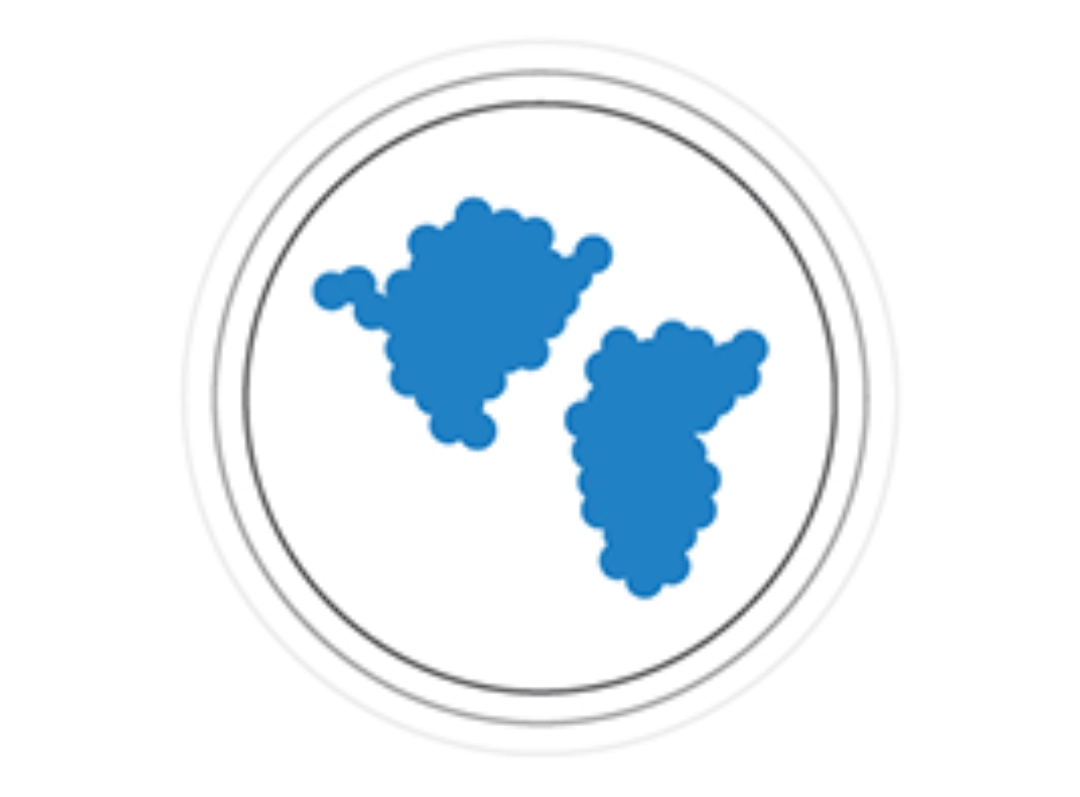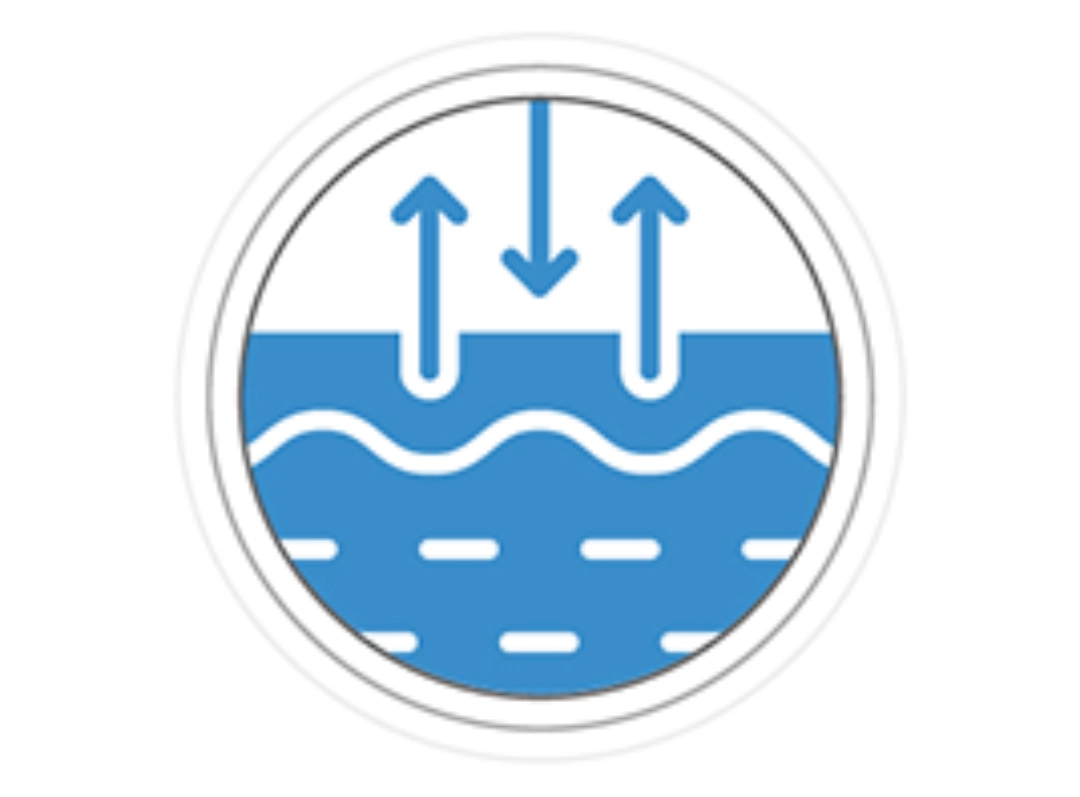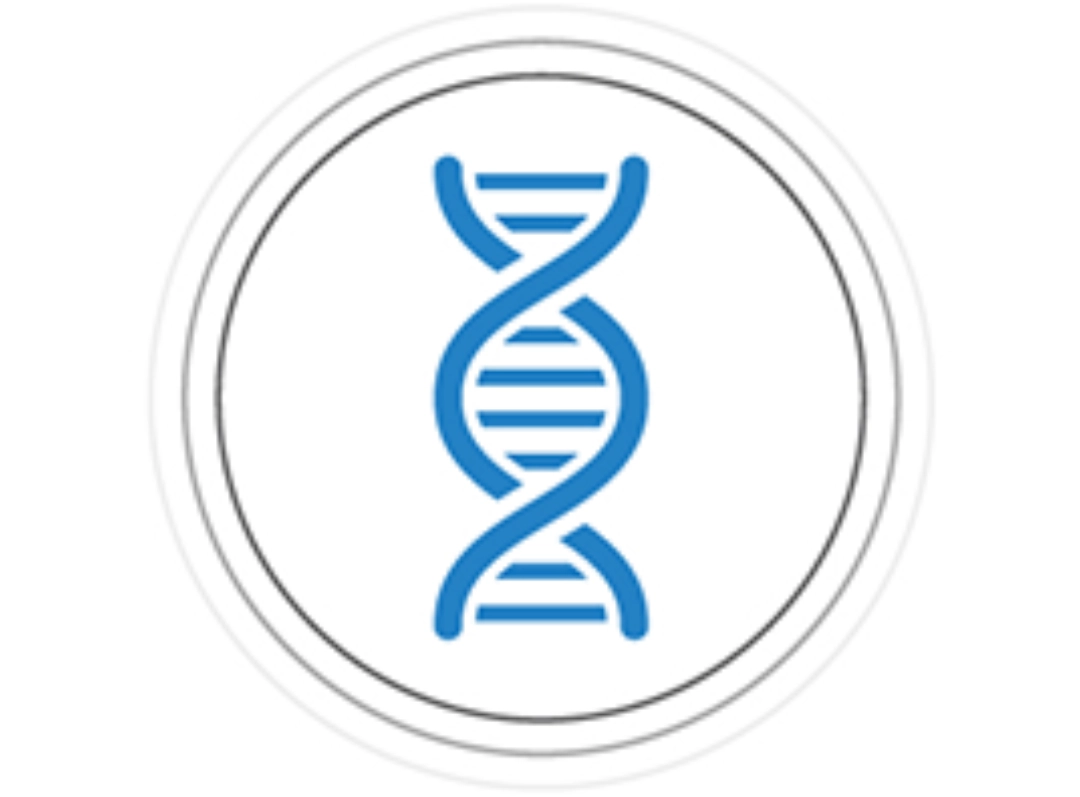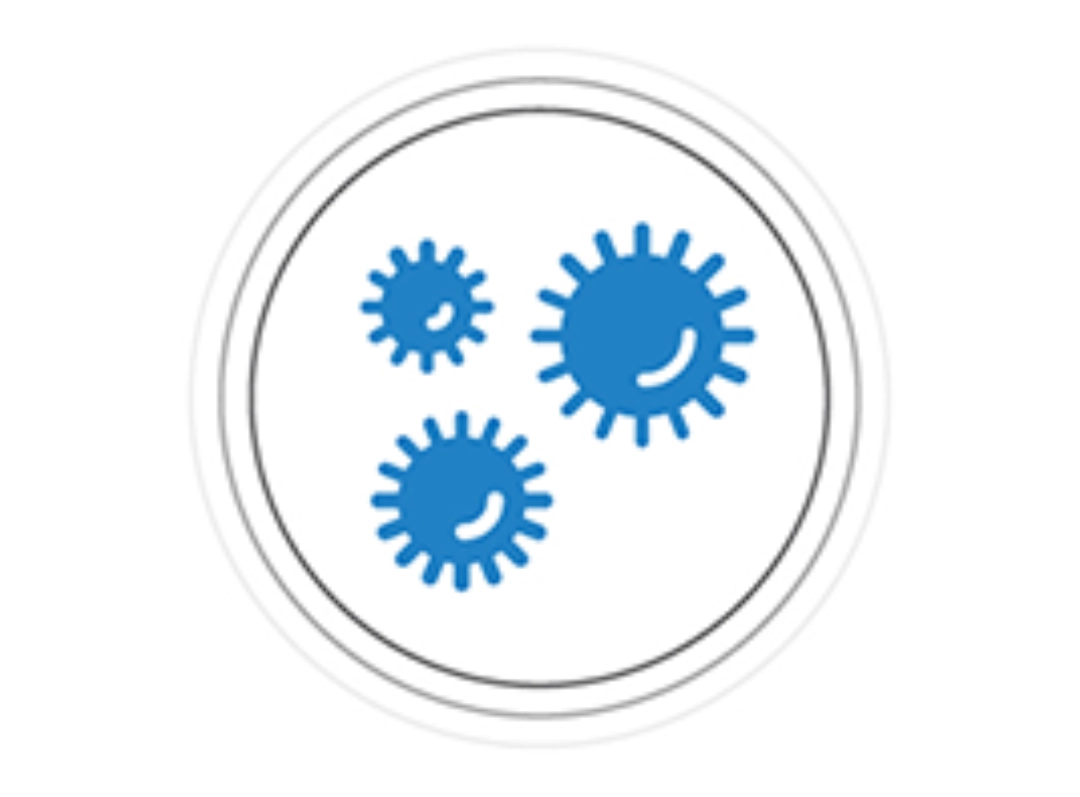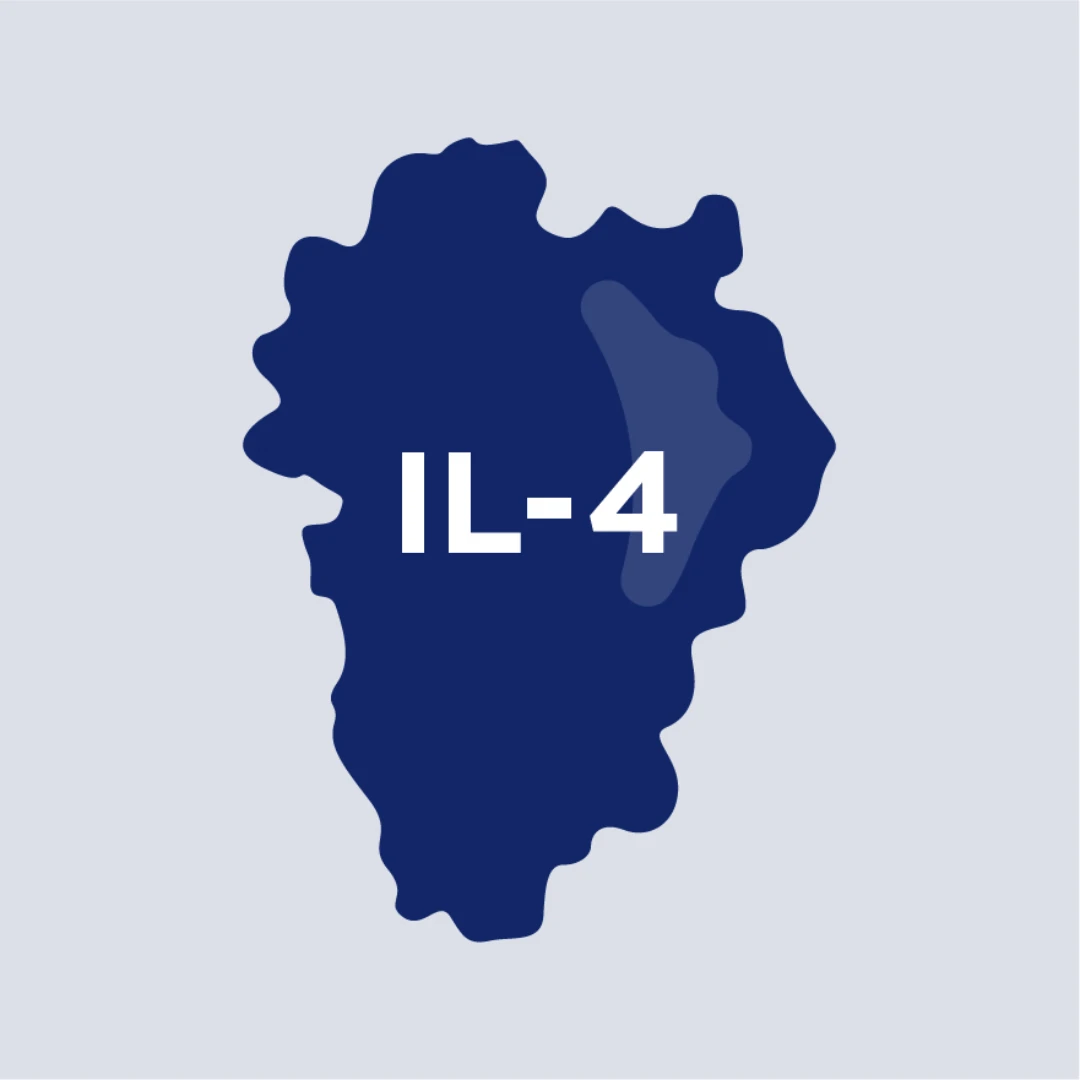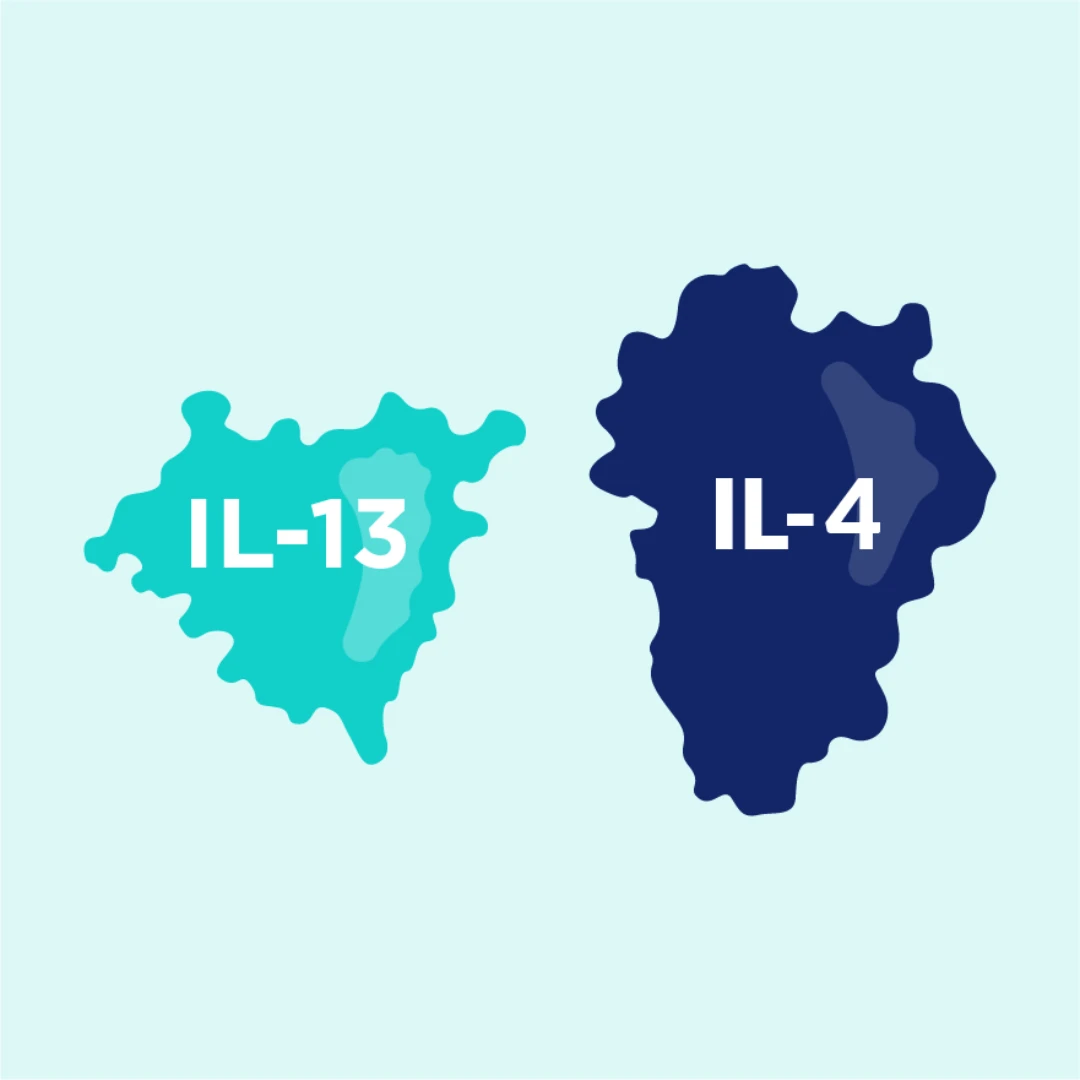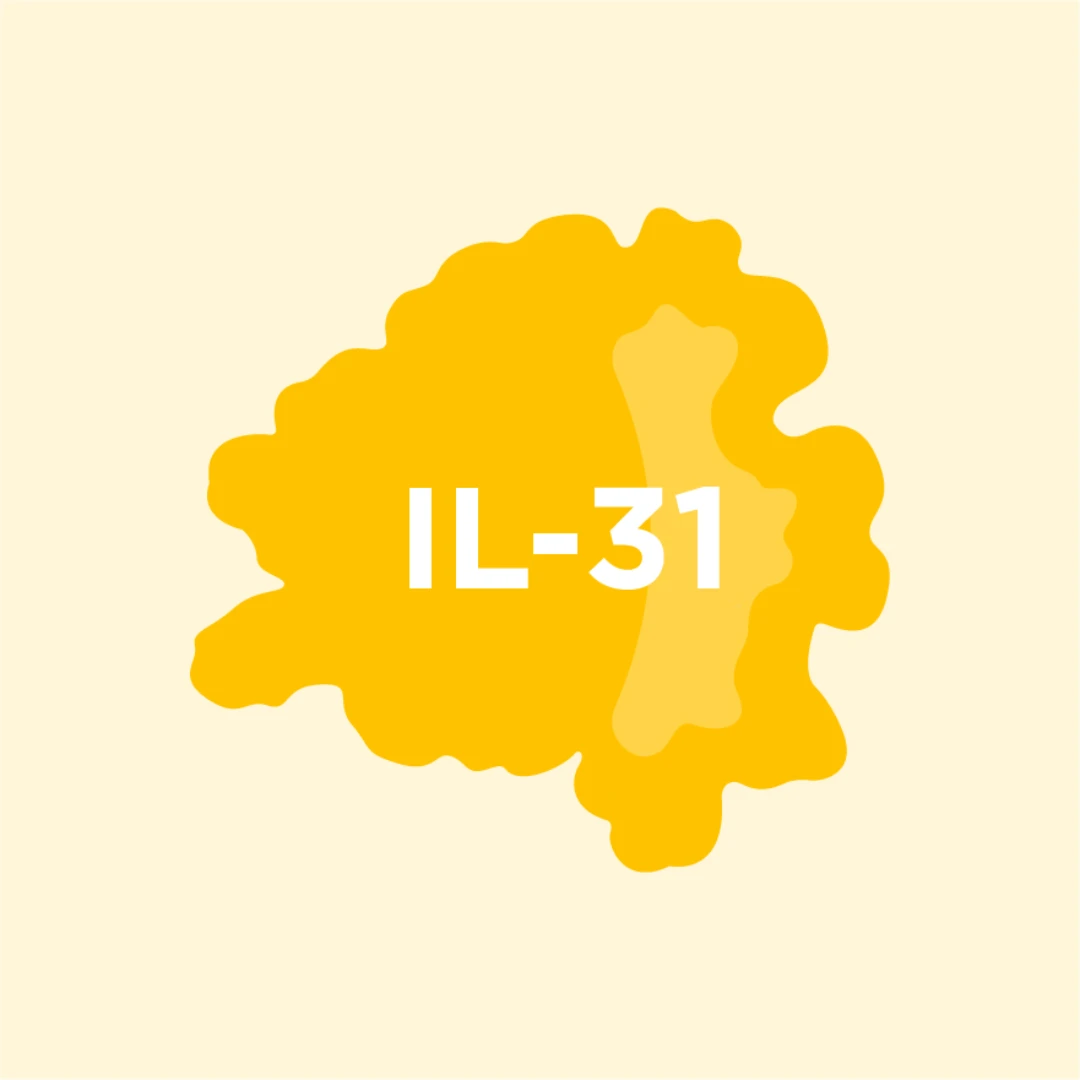Spotlight on AD—the role key cytokines play and a look at the factors that contribute to this condition
Beneath the skin of patients with AD—type 2 inflammation and the cytokines involved.
Contributing factors in atopic dermatitis (AD)
AD has a complex, multifactorial pathophysiology, driven by an interplay between1-3:
underlying chronic type 2 immune dysregulation2,3
epidermal barrier dysfunction1
genetic factors2,3
environmental factors2,3
Several immune cells are involved in type 2 inflammation, including ILC2 cells, Th2 cells, mast cells, and eosinophils, and they produce type 2 cytokines such as IL-4, IL-13, and IL-31.4
Activation of type 2 inflammatory pathways results in the release of type 2 inflammatory cytokines. These cytokines include IL-4, IL-13, and IL-31.3,5
IL-4 is required for the differentiation of T cells from naive T helper 0 (Th0) to T helper 2 (Th2) that drives type 2 inflammation.3
Both IL-4 and IL-13 cytokines are key drivers of AD, with unique and complementary roles.6
- IL-4 is required for the differentiation of Th2 cells that contributes to the perpetuation of the type 2 inflammatory cycle in AD3,7
Both IL-4 and IL-13 contribute to:
- Skin barrier dysfunction, which weakens the skin barrier and causes increased transepidermal water loss, dryness, and vulnerability to antigens, allergens, pathogens, and other irritants4,6
- The complex mechanisms of acute and chronic itch, including through neuronal sensitization6,8
- IL-4 and IL-13 affect itch by sensitizing sensory neurons6,8
- IL-4 also indirectly acts through the production of IL- 31 by Th2 cells4
- Exacerbating S. aureus colonization which is linked to AD flares6
- Recruiting and activating immune cells in skin tissue, amplifying inflammation4,6
- IL-31 is primarily produced by Th2 cells4
- It activates sensory neurons to induce itch and stimulate cutaneous sensory nerve growth4
- Sensory nerve sensitization and itch lead to scratching that further exacerbates inflammation and barrier dysfunction4
Type 2 inflammation is driven by multiple cytokines, including IL-4 and IL-13, that play a key role in the pathophysiology of AD.4
ILC2, type 2 innate lymphoid cells.
-
Kim BE et al. Clin Immunol 2008;126(3):332-337.
-
Leung DYM, Guttman-Yassky E. J Allergy Clin Immunol 2014;134(4):769-779.
-
Gandhi NA et al. Nat Rev Drug Discov 2016;15(1):35-50.
-
Haddad E-B et al. Dermatol Ther (Heidelb) 2022;12(7):1501-1533.
-
Weidinger S et al. Nat Rev Dis Primers 2018;4(1):1.
-
Beck LA et al. JID Innov 2022;2(5):100131.
-
Keegan AD et al. Fac Rev 2021;10:71.
-
Mack MR et al. Front Mol Neurosci 2023;16:1258823.


